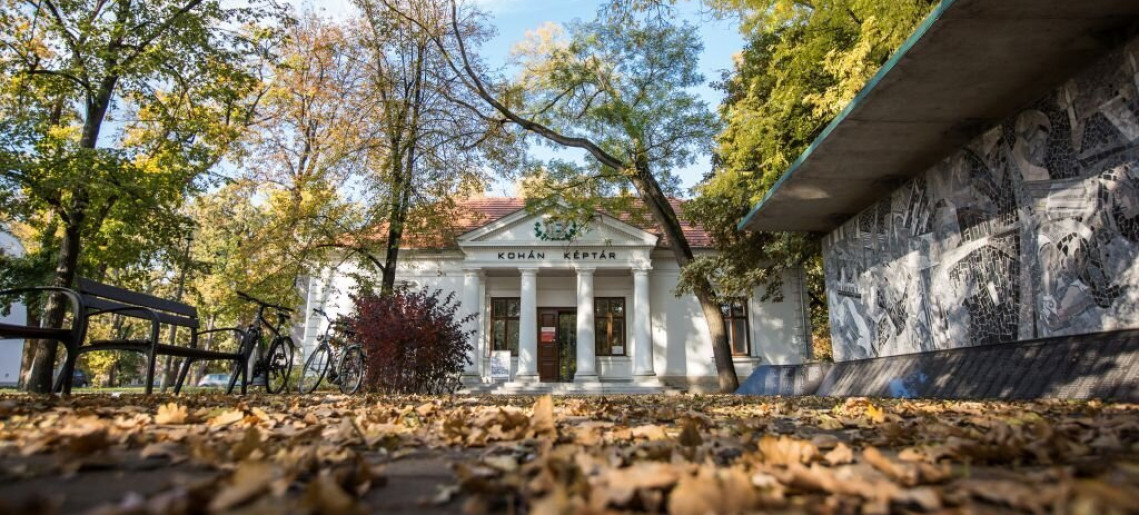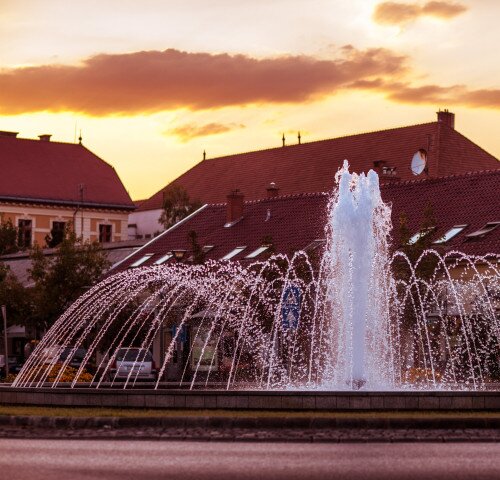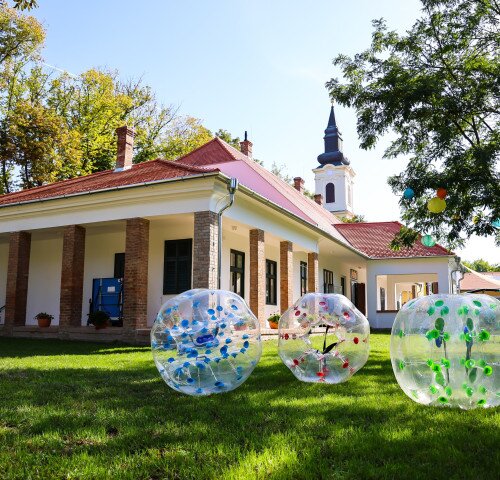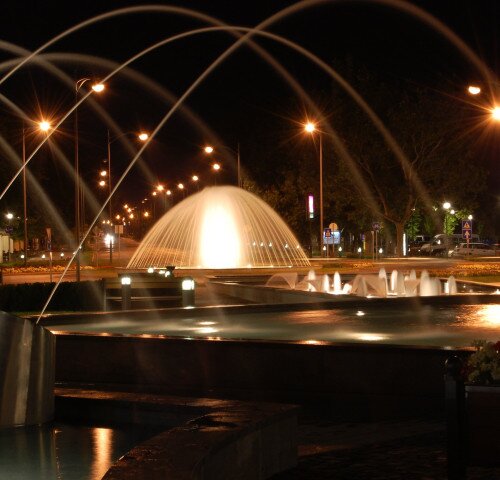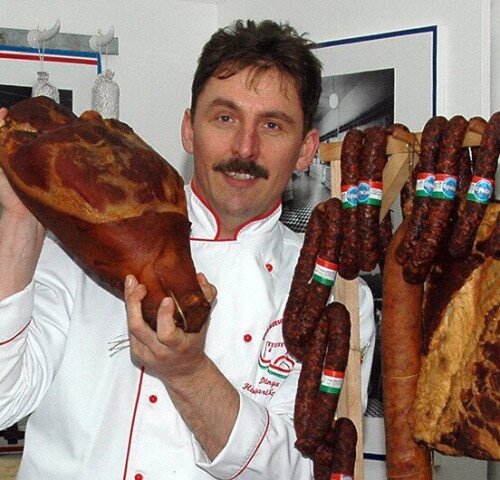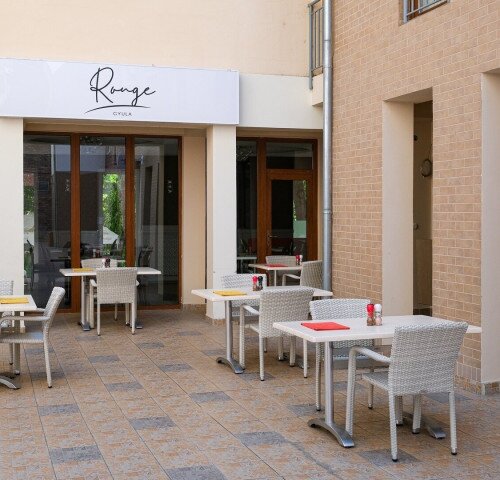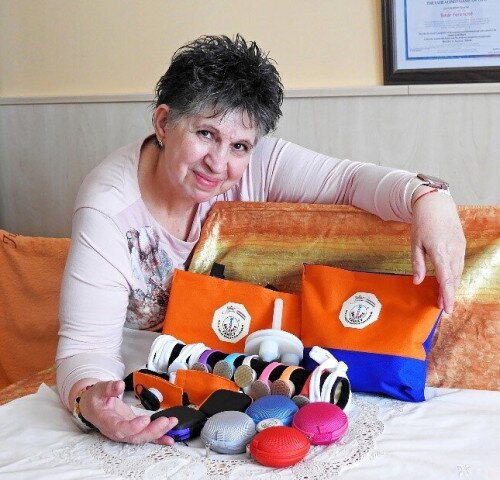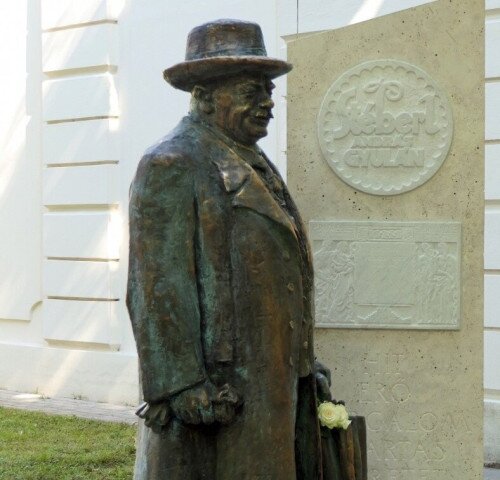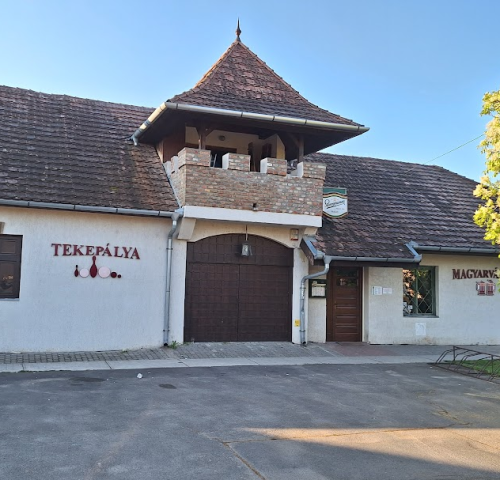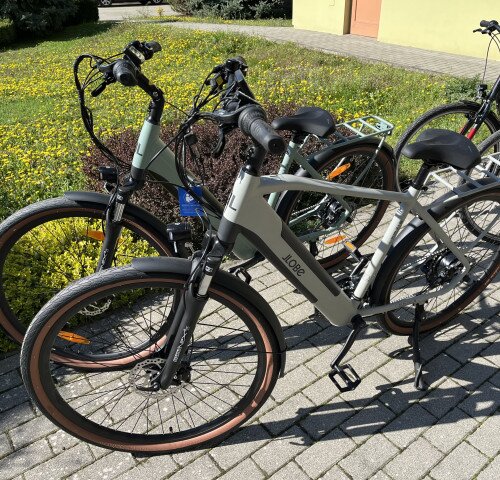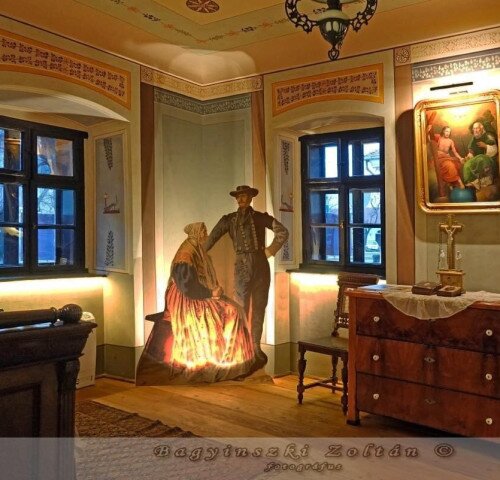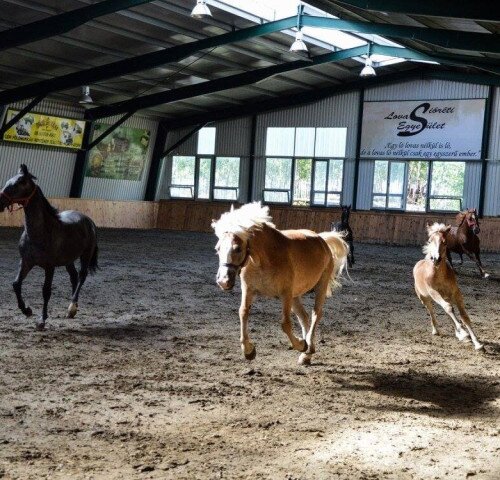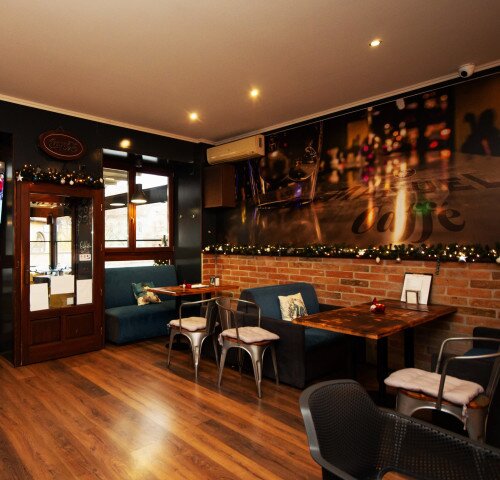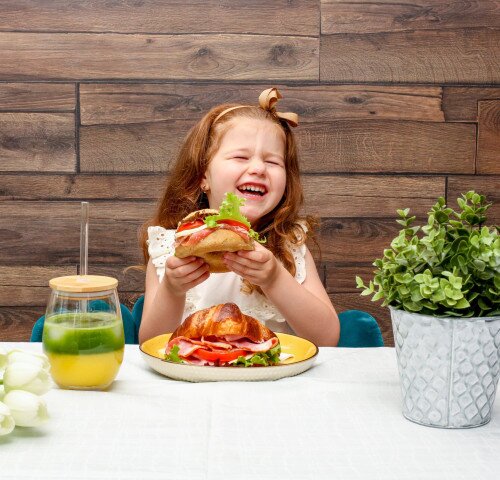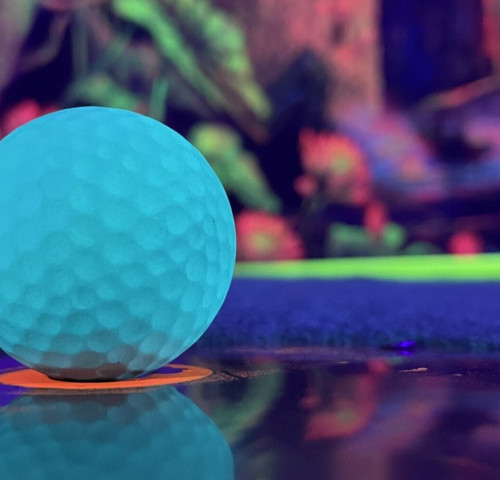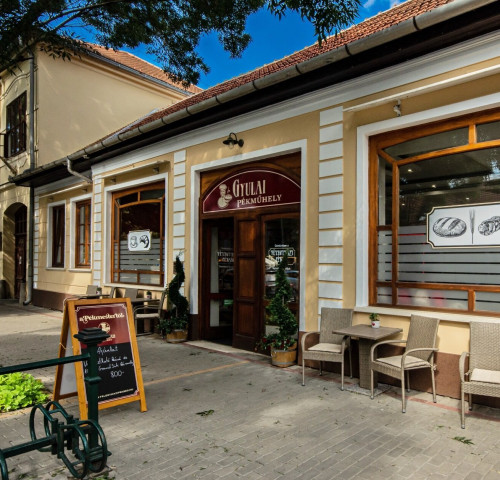2014 tavaszára befejeződött a Göndöcs-kert egészének teljes körű felújítása. A Kohán György festőművész alkotásait bemutató Kohán Képtár nagyobb épületbe költözött, korábbi helyszíne pedig Vigadó név alatt, multifunkciós rendezvényteremként működik tovább. Az eredeti pompájában helyreállított épületben számtalan közösségi program szolgálja a helyiek és a turisták szórakozását.
Békés megye első múzeumépülete volt az 1895-re elkészült képtár, amely ma a Kohán-hagyaték otthona. 1952-1975 között a dór oszlopos, timpanonos bejáratú neoklasszicista épület a város művelődési otthona volt, majd 1979-ben a Kohán-hagyaték kapott helyet az épületben. Kohán György festőművész (1910-1966) Gyulaváriban született uradalmi kovács gyermekeként. Tehetsége hamar megmutatkozott: 16 évesen már a gyulai alkotó kör kiállításán szerepelt képeivel. Budapesten, majd Párizsban és Rómában tanult, végül hazatért Magyarországra. Végrendelete szerint 691 festményt és 2215 grafikát ajándékozott Gyula városának, melyek egy része a Képtárban látható.
Kohán György (1910 – 1966) állandó kiállítás
A művész Gyulaváriban született. Első bemutatkozására 1924-ben. a Gyulai Műbarátok tárlatán került sor. Egy szegénysorból származó, vidéki fiú kitartó munkával kialakított magának egy különleges művészi világot, és felépített egy, a magyar festészetben példátlan életművet. 1960-ban és 1964-ben Munkácsy-díjat, majd 1966-ban Kossuth-díjat kapott. 1965-ben életmű-kiállításának a Magyar Nemzeti Galéria biztosított helyet.
A tartalom, és az ábrázolás stílusa az egész pályán végigvonuló kettős irányt mutat. Realista stílusban, erőteljes színekkel, súlyos ecsetvonásokkal beszél az alföldi, paraszti témáról, míg a másik irányt a sokalakos, lírai tárgyú és hangulatú, kubisztikus jellegű viasztempera képei, valamint monumentális freskóterv-grafikái adják. Európai formátumú művész. Egyedülálló festészete az alföldi realisták örökségét fejlesztette tovább, amely kiegészült mexikói és francia inspirációkkal. Alkotásainak olykor megdöbbentő ősereje, máskor játékosan groteszk és komikus jellege egy sokat szenvedett és nélkülözött ember stációinak lenyomatait tükrözik, aki mélységesen ragaszkodott európaiságához, magyar és alföldi gyökereihez.
Gyula városa, Kohán emlékére 1979-ben létrehozta a Kohán Képtárat, amely állandó kiállításnak ad otthont.
Szabadulószoba
Melyik a MŰalkotás?
A Kohán Képtárban megalkotott szabadulószoba a galéria névadójáról szól. A szolgáltatás azonban nem pusztán egy jó kikapcsolódási lehetőség: a játékosok szórakozva ismerhetik meg jobban Kohán Györgyöt. A játék kerettörténete azzal az információval indul, hogy betörtek a jeles gyulai festő műtermébe. Kohán György egy jótékonysági rendezvényre készített hét képet, amelyek közül azonban a kiváló ízlésű (vagy kifinomult műértő által megbízott) betörők hatot hamisra cseréltek ki. A segítőknek, azaz a játékosoknak még a rendezvény kezdete előtt meg kell találniuk a hamis képek sokaságában az eredetit, ezzel támogatva egy nemes ügyet.
Létszám: 2-6 fő
Jegyár: 2.500 Ft/fő
Érdeklődni és időpontot foglalni a +36 70 335 0857-es telefonszámon vagy személyesen a képtárban lehet.
Időszaki kiállítás
Koszta Rozó 100
Portrék, életképi jelenetek, pillanatfelvételek a jelenről, és múltjuk szépségében rögzített tájak foglalkoztatták a Kohán Képtár időszaki tárlatának alkotóját. Formailag áttekinthető, világos szerkezet, nagy foltokban foglalt, síkszerű ábrázolás jellemezte munkáit. Koszta Rozália alkotásaiból mutatunk be nagyjából hetvenet 2025. november 27-én nyíló kiállításunkon. Idén volt száz éve, hogy megszületett Gyula és a térség művészeti életének meghatározó szereplője. Tárlatunk tisztelgés a festőművész életútja előtt. Kiállítása jelentőségét az alkotó személyén túl az is adja, hogy szinte kizárólag gyulai gyűjtők és az Erkel Ferenc Múzeum tulajdonában lévő festményeket állítunk ki.
A kiállítás megtekinthető 2026. február 15-ig.
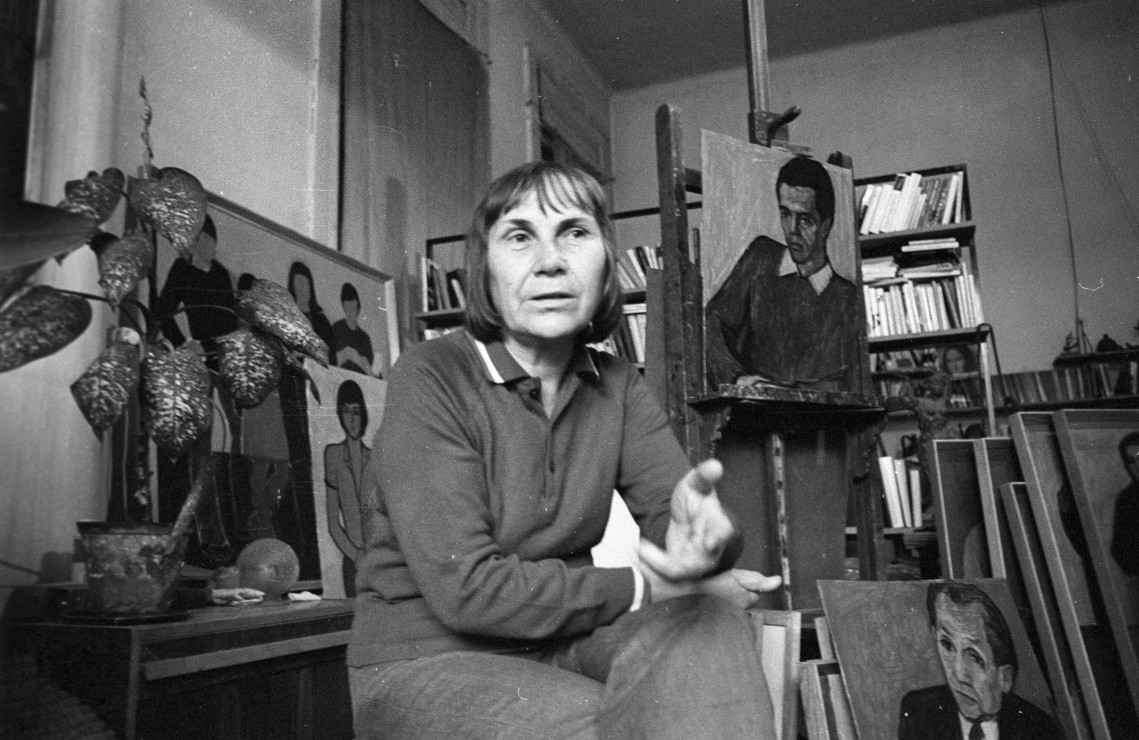
Fotó: Fortepan

A Kohán Képtárban 50% kedvezmény vehető igénybe teljesárú belépőjegy megvásárlására.
Nyitvatartás és jegyárak
Kontakt
- 5700 Gyula, Béke sugárút 35.

